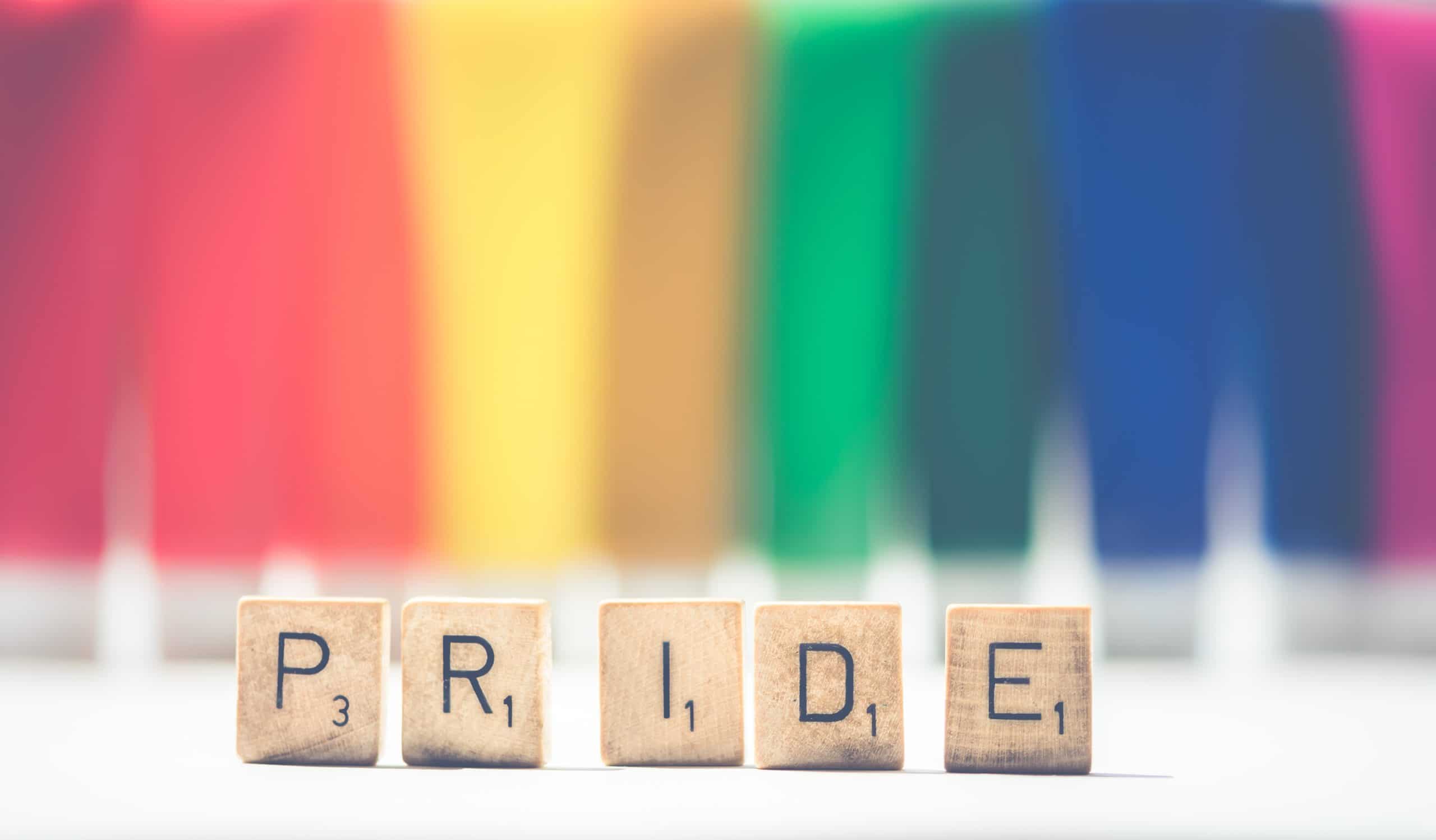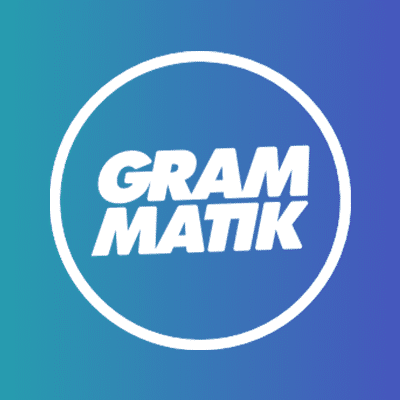
Avoid platitudes, tokenistic hashtags and pinkwashing; from storytelling to influencer marketing, how to create connections with communities and amplify their voice for an effective Pride marketing campaign.
Pride month is more than just a celebration of non-heterosexuality, it’s a celebration of the freedom to express who you are, and a reminder that people fought for the right to legally exist authentically. Pride month originated to commemorate the Stonewall riots of June 1969, demonstrations by the gay community in response to a police raid at the Stonewall Inn in the Greenwich village, Lower Manhattaan. In 1969, the solicitation of homosexual relations was an illegal act in New York City, and the Stonewall riots were a catalyst for the gay rights movement. In 2022, Pride month has evolved to become a mainstream international celebration of diversity in all forms. Naturally, where consumer consciousness goes, capitalism follows. The Pink Pound, as it is known in the UK, represents the purchasing power of the LGBTQIA+ community which is worth $3.7 trillion globally (2019), and is worth approximately £6 billion a year to the British economy. Savvy marketers therefore endeavour to harness Pride month to win ‘pink pounds’ but the way in which Pride marketing is executed can be pivotal to a brand’s public perception in 2022.
Representation is more than just the adoption of rainbow motifs in social media avatars and shop windows. Whilst rainbows still have a place in Pride marketing, without affirmative action from the brand to support real causes, to tell the stories that need to be told, an attempt at incorporating iconic design stumbles from representation into tokenization. Similarly, pinkwashing a brand for 4 weeks is crass. Celebrating stereotypical versions of the LGBT community through flamboyant design is blatant pinkwashing and pride marketing must connect with the LGBT community.
The best marketers are storytellers and this extends to the well executed sharing of untold stories for Pride. Brands that use their platform to tell compelling stories aren’t just praised online, they actually make an impact.
The balance between freedom of expression and respect is a work in progress. Any good communications strategy recognises that communication is a dynamic process, it’s a dance between the author and the reader or audience. Streaming giants are in an interesting position, hosting some of the most famous storytellers – comedians – and reaching the widest audiences. The politicised discourse and online debate around trans rights and gender identity has seen media houses and streaming platforms tackle the need to balance freedom of expression and opinion with sensitivity – and representation – of different communities. Following the furore over Netflix’s employee walkout in response to specific content in the comedic legend Dave Chapelle’s Netflix special, the streaming platform announced its stance in a recent memo titled “Netflix Culture — Seeking Excellence”: “As employees we support the principle that Netflix offers a diversity of stories, even if we find some titles counter to our own personal values.” Streaming platforms are finding their feet after walking the tightrope of comedy – an artform that’s moulded by two hands: in one is the art created by innovative free thinkers, in the other is the audience’s reception and interpretation of that art.
Good storytelling inspires and elicits ideas, it creates connections, and for brands it’s in connecting with communities that they drive growth. In Dave Chappelle’s controversial special, he shares the untold story of Daphne Dorman – a trans woman who sadly took her life. Chappelle describes how this friendship taught him about a community of people who had otherwise been peripheral to his world view. In this story, we hear yet again how familiarity breeds understanding and respect. Russel T Davies’ captivating series It’s a Sin, for Channel 4, powerfully tells the story of the Aids epidemic in the 1980s in London through the individual experiences of a group of young friends. The story was so compelling that it trended nationally across Twitter.
Brands who harness the power of storytelling in Pride campaigns can make the biggest impact. They take what might be unfamiliar, a subculture, and invite it into mainstream culture. Whilst many people might understandably berate any commercial brand from incorporating Pride month into their marketing strategies, for capitalising on the marginalised, the difference between allyship and exploitation is often in the execution. Sharing a brand’s platform with influencers in the LGBTQ community, for example, can be a good way to hand the mic to those already fighting for a bigger share of voice. It also avoids the pitfalls of potentially appropriating a subculture that isn’t already aligned with your brand.
Influencer marketing in Pride campaigns is proven to perform well when brands align with existing communities. Last year, influencer marketing platform Wearisma released data that showed a 72% increase in LGBTQ content across all platforms worldwide and a 200% increase in Engagement YoY. In the UK alone, Engagements of LBGTQ content increased by 2000%. In fact, in the UK those who posted LGBTQ content on Instagram had a higher Engagement rate than Luxury (80% higher), Fashion (50% higher), and Beauty influencers (70% higher). Wearisma’s founder Jenny Tsai commented that “While this indicates an increased interest in LGBTQ content, it also points to the shifting landscapes within our social media communities, where the real champion is content that focuses on building communities with real people, about real topics, in an authentic way.”
Tokenization isn’t just bad marketing, it simply doesn’t perform well. Furthermore, campaigns without real action can often do more harm than good. Never underestimate your audience; in 2022 performative action is quickly – and publicly – shamed. We witnessed this on International Women’s Day on the 8th March this year, when the ingenious Twitter account Gender Pay Gap Bot (@PayGapBot) revealed the gender pay gap of brands that took to social media to celebrate #IWD2022.
It would be almost ignorant not to talk about cancel culture when discussing social media and social rights – but cancel culture is a term that’s often misused when people receive online backlash for ideas or jokes. And whilst social media platforms are still working out the nuances of balancing diversity of ideas vs real hate speech, for people who live in countries where it’s still illegal to exist freely as they are, social media platforms are an important outlet. Faced with hostility under the eyes of the legal systems in many countries, social media provides an important space for people to advocate for LGBTQ communities who otherwise cannot do so freely offline. For example, when Tamil Nadu in India became the first Indian state to ban ‘conversion therapy’ in 2021, Engagements on LGBTQ content increased by over 2200% YoY according to Wearisma. Arguably, influencer content engagement has become the most reliable social zeitgeist.
The team at Grammatik have pulled together a few charities and organisations to head to for Pride 2022:
PRCA LGBTQ+ – for better representation in the PR industry
Mindout.org.uk – mental health service run by and for lesbians, gay, bisexual, trans, and queer people.
Stonewall.org.uk – for transformative change in the lives of LGBTQ+ people in the UK.
LGBTech.com – supporting LGBT+ professionals in the tech industry through live and virtual events, celebrating the visibility of LGBT+ industry leaders, and facilitating professional opportunities
LGBTech.fr – for francophones
Need some further consultation on your Pride marketing efforts? Check out the services we offer at Grammatik.

©️2024 Grammatik Agency, Second Home, 125–127 Mare St, London E8 3SJ.
[email protected]
+44 (0)20 3950 7057 Privacy policy